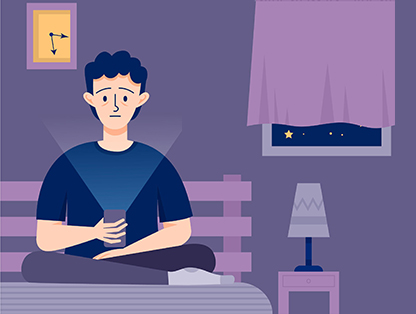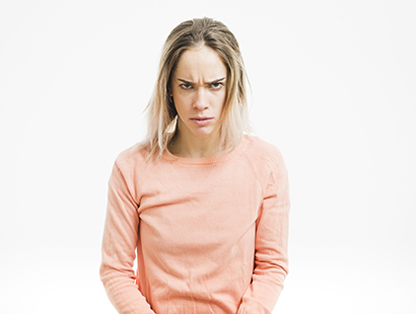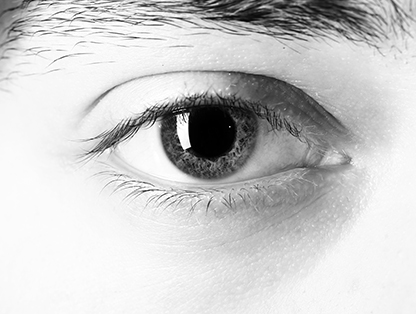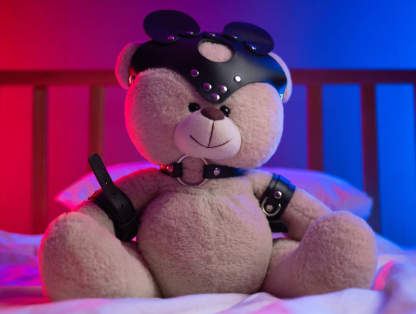Szondi Test and the Eight Drive Needs Technique
Why do we like the appearance of some people and dislike the appearance of others? Can our sympathy or antipathy to another person be formed at a subconscious level? Analyzing the marriages of people with psychological disorders, Hungarian psychologist Leopold Szondi came to the conclusion that the choice of a partner is very often dictated by the attraction to people with similar psychological problems. According to Szondi's theory, in the subconscious of each person from birth there is a certain set of inclinations and behavior patterns, passed on by inheritance. Thanks to it, such reactions as sympathy and antipathy can be associated with stable characteristics of our personality.
The essence of Szondi's method is that the subject is given photographs of mentally ill people, and he must either choose or reject them. Szondi assumed that each portrait evokes subconscious impulses and on this basis of preferences or complete rejection, one can draw far-reaching conclusions about a person's behavior, predisposition in choosing a profession, hobbies, friends, sexual partners.
Szondi constantly emphasized that the form of manifestation of such drives can vary significantly depending on gender, age, education, environment and lifestyle, so the description of the dominant factors should not be taken literally.
Szondi's method of portrait selections
Szondi's test became a link between Freud's test, focused on individual unconscious factors, and Jung's analytical psychology, analyzing collective unconscious factors. Leopold Szondi directed his scientific interest to the study of the so-called family or generic unconscious factors of personality.
Today, the Szondi test is practically not used in clinical psychology and has rather a symbolic meaning, giving way to more precise and modern analytical tools. However, it has forever entered the history of psychology as a powerful projective psychological test.
Instructions for the Szondi test
You will be given six series of photographs with eight portraits in each. Please look at them carefully. First, choose the two images that you like the most (the most attractive). If this is difficult to do, then select the portraits that you dislike the least.
Then you will need to select the two most unflattering portraits (the most unpleasant ones). Repeat the same steps six times with each set of photographs.























